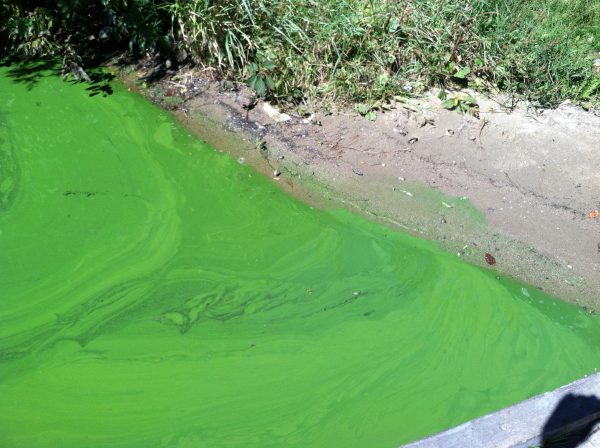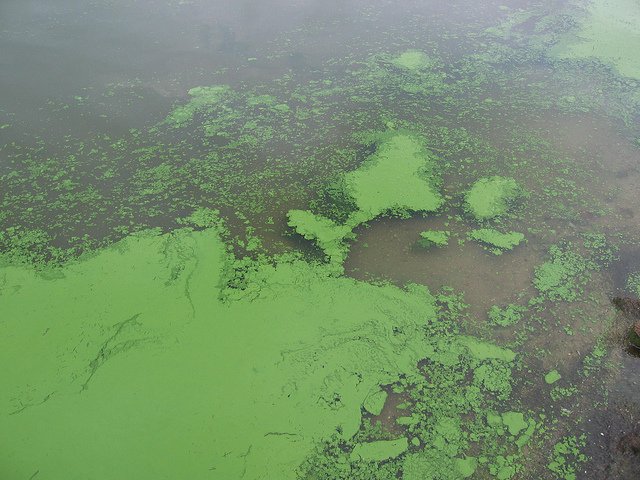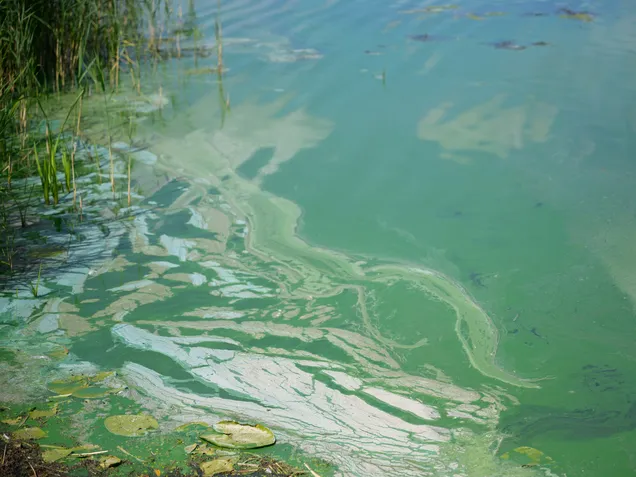Blue-green algae, also known as cyanobacteria, are microscopic organisms that thrive in bodies of water like lakes, ponds, and rivers. Despite their name, blue-green algae often appear as greenish streaks or scum on the water's surface. These algal blooms are particularly common during the summer months when the water is warm, nutrient-rich, and stagnant. But how can you recognize blue-green algae, and why are they particularly dangerous for dogs?
How to Recognize Blue-Green Algae
Blue-green algae can be difficult to spot with the naked eye, as they often form thin streaks or dense green mats just below the water's surface. A telltale sign is the appearance of greenish or bluish discolorations in the water, often resembling paint streaks or spilled paint.
Sometimes, blue-green algae can also emit a foul, musty odor due to the decomposition of the algae. Another indicator of the presence of blue-green algae is the death of fish or other aquatic organisms, which can signal the toxic effects of the algae.
An easy way to identify blue-green algae is by observing the water on warm, calm days, especially when the water appears nutrient-rich and still. In such conditions, the characteristic algal mats usually form just below the water’s surface, about 8 to 12 inches deep.


Why Are Blue-Green Algae Dangerous for Dogs?
Blue-green algae produce toxic substances that can be extremely harmful to dogs. If a dog drinks contaminated water or comes into contact with blue-green algae while swimming, the toxins can quickly enter the body through the mucous membranes. Symptoms of poisoning can appear within minutes of exposure and range from nausea and vomiting to seizures and severe liver damage.
A particularly alarming symptom is ataxia, a disorder of movement coordination, which indicates that the toxins have affected the nerve cells. In severe cases, blue-green algae poisoning can be fatal, especially if not recognized and treated promptly.
Prevention and Protective Measures
To minimize the risk of blue-green algae poisoning, dog owners should be especially vigilant in the summer and avoid bodies of water with visible algal blooms. It’s advisable to check water quality reports before heading out for a swim and to heed any warning signs near water bodies.
If your dog has come into contact with potentially contaminated water, rinse them thoroughly and monitor them closely. If any signs of poisoning appear, seek veterinary care immediately.









